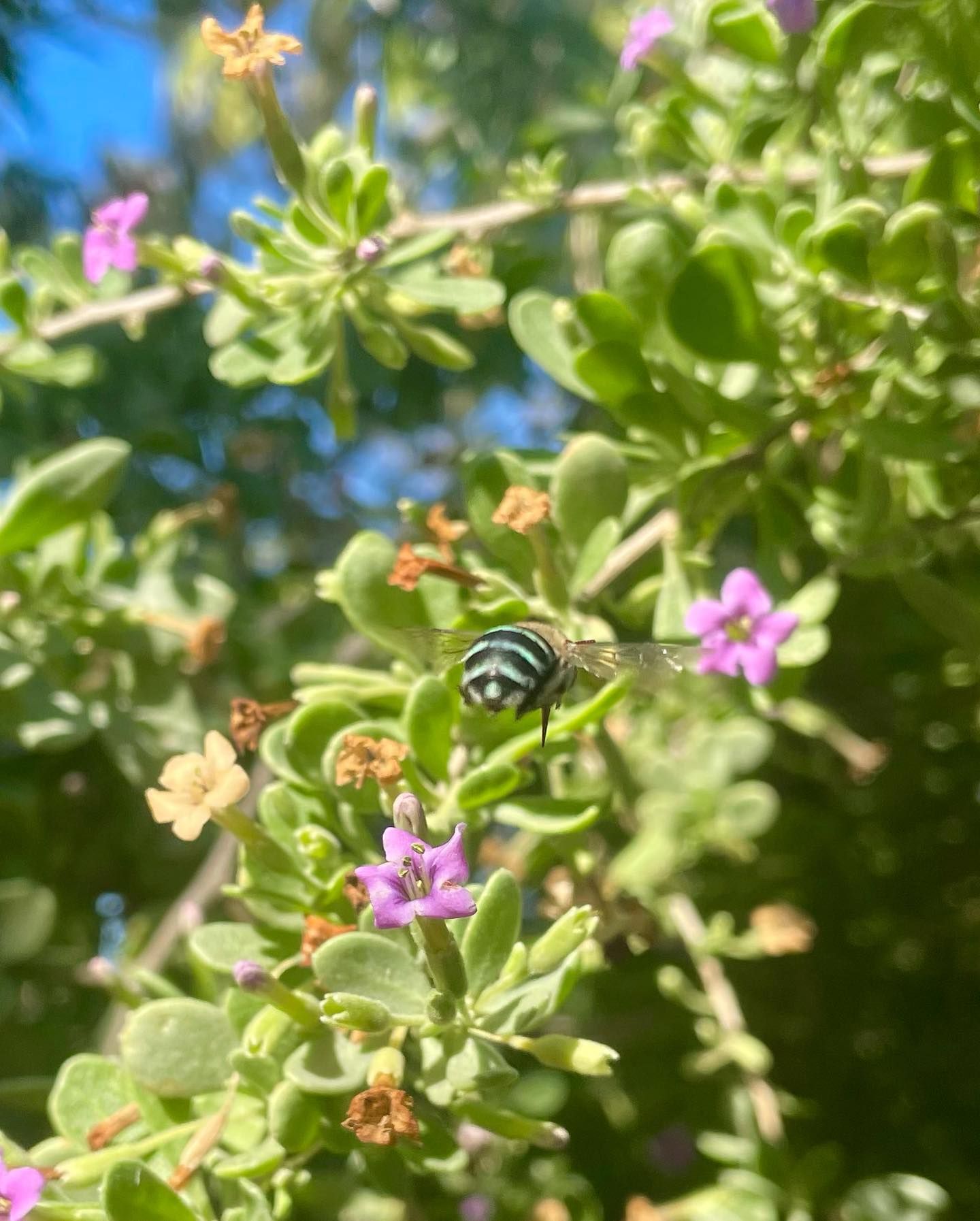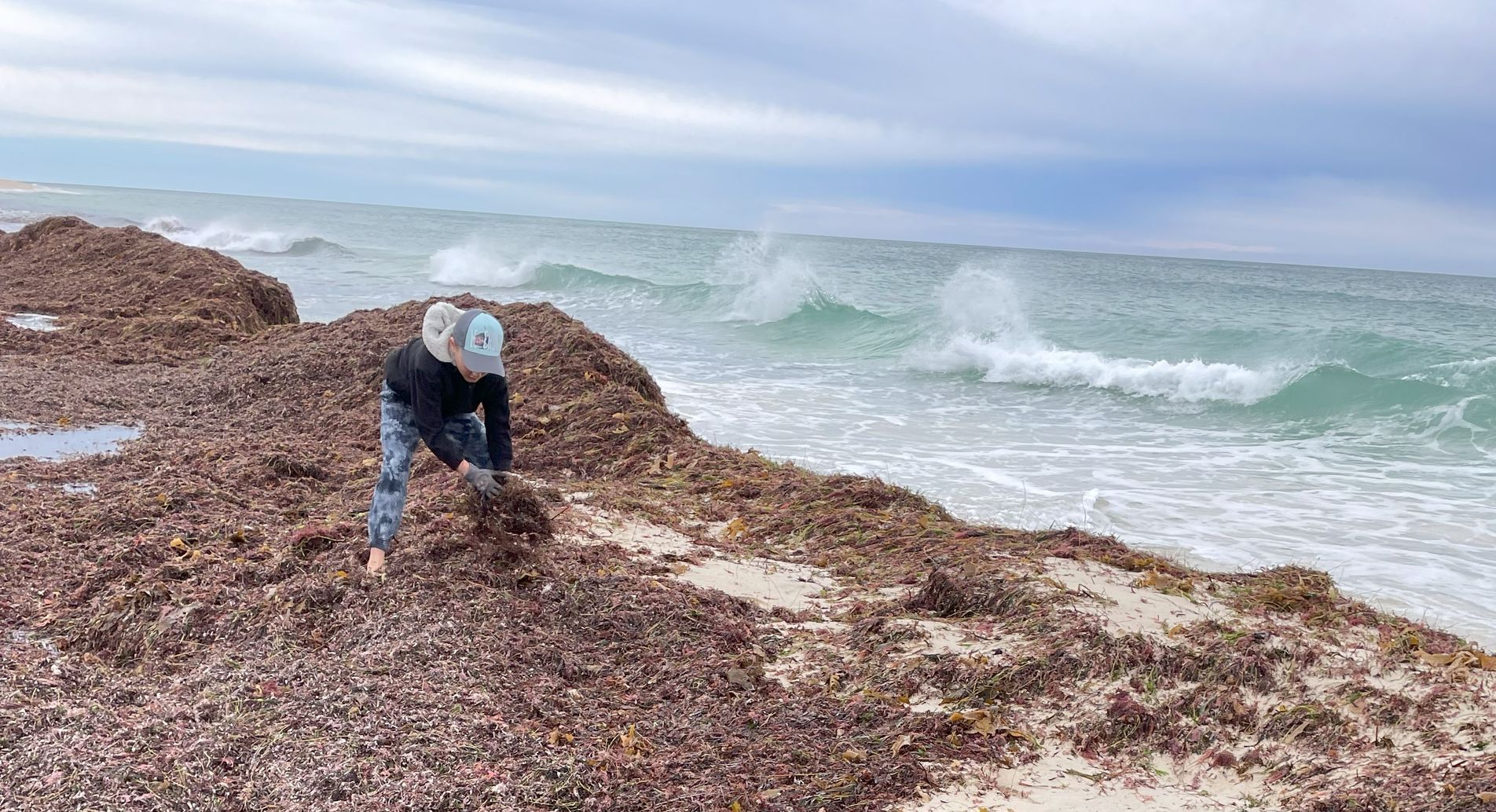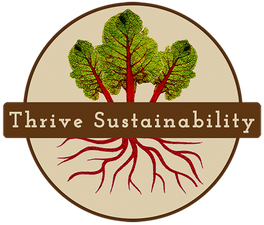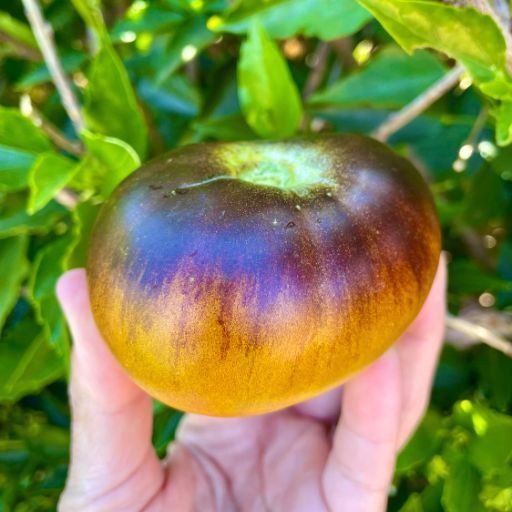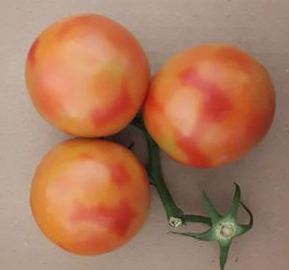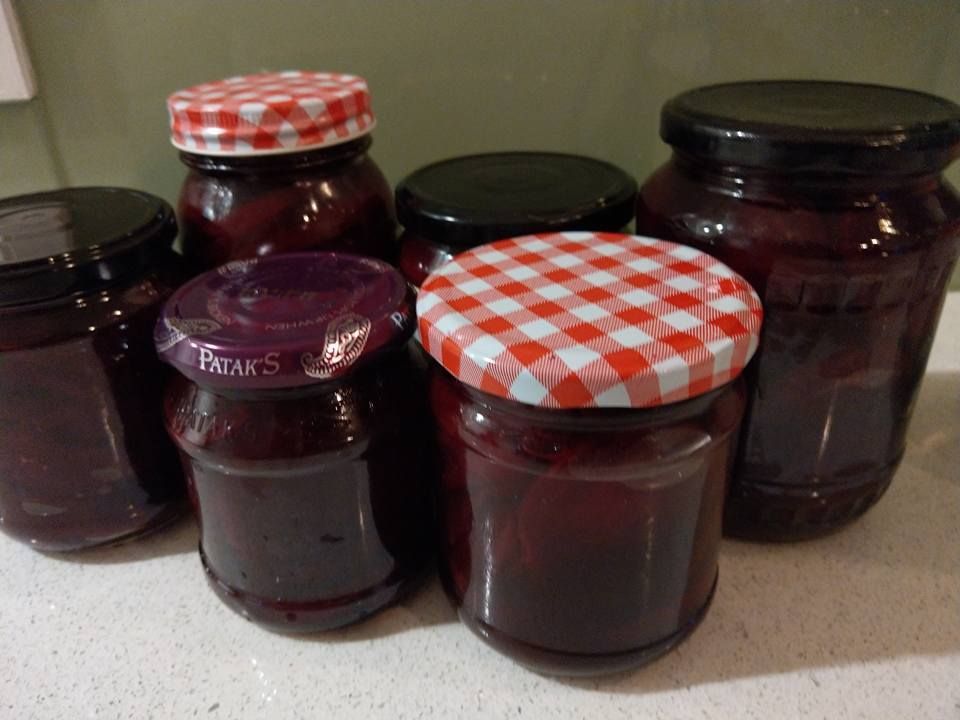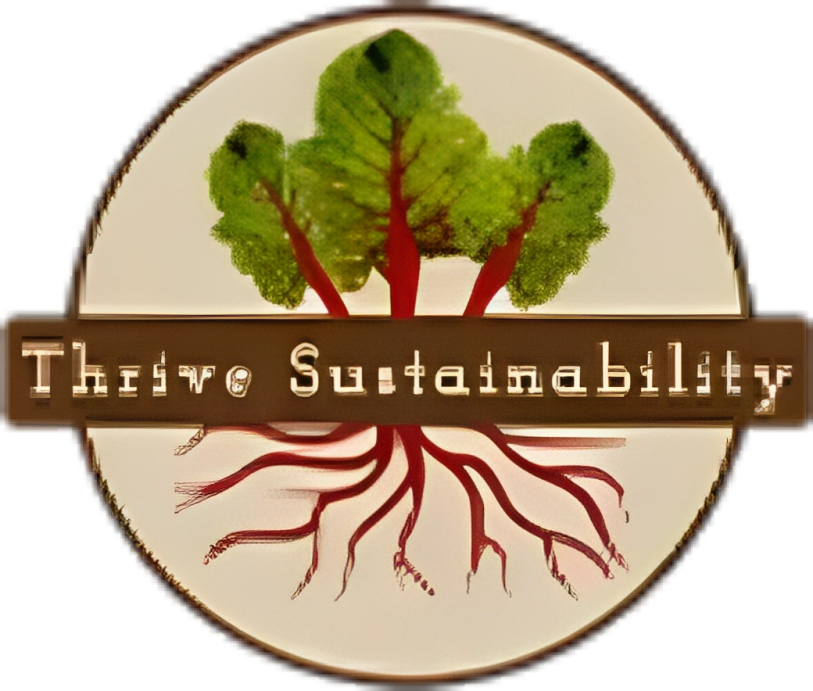Wicking Beds - a Smart Way to Grow in Perth's Climate
Wicking beds are basically containers with water reservoirs at the base. Plants are watered from below rather than above, moisture is drawn up through the soil via a process called capillary action or wicking. This allows moisture to be more evenly distributed through the soil, creating better growing conditions for the plants.
Pros
- Uses between 40% and 50% less water than a conventional garden bed.
- Harder for weeds to establish as the soil on the surface is drier.
- Once established plants are quite heat tolerant due to the design encouraging the plant to put down good roots
- Depending on the weather reservoirs only need filling every one to two weeks
- Good for areas with set watering days/restrictions
- Eliminates the need for time consuming hand watering or a complicated reticulation system
Cons
- More expensive to build than a conventional bed
- Hard to grow vegetables from seed they will require daily hand watering from above until they have germinated and developed roots.
- During hot weather very small seedlings with little roots will require hand watering
- Trees and shrubs with large root systems can not be grown in a wicking bed
As the saying goes there’s more than one way to skin a cat and there are many ways and materials that can be used to construct a wicking bed but below is a step by step guide to how we have constructed the 2 wicking beds in Thrive sustainability’s home garden.
Frame built from 3.4m x 200mm jarrah sleepers with a PVC pond liner fitted, used some old carpet to line the base to prevent any sharp stones puncturing the liner.

Install one 25mm tank nozzle through side wall as a drain 250mm from base
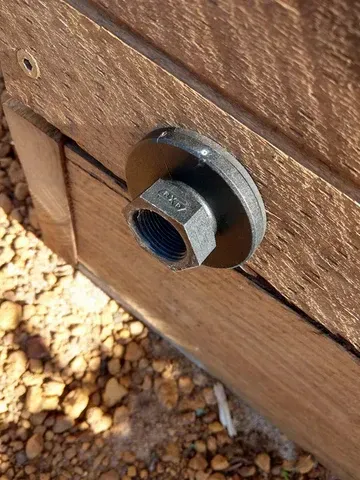
Drill holes along the length of a pvc pipe, fit an elbow and enough pipe to come above the finished soil level, fit a cap to prevent mosquitos and debris from entering pipe
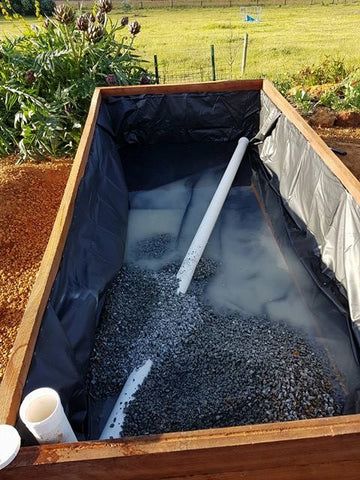
Next add the gravel, we used blue metal gravel to the depth of about 25 cm
At this stage you also want to start filling the reservoir with water, so you can get the gravel level with the overflow.
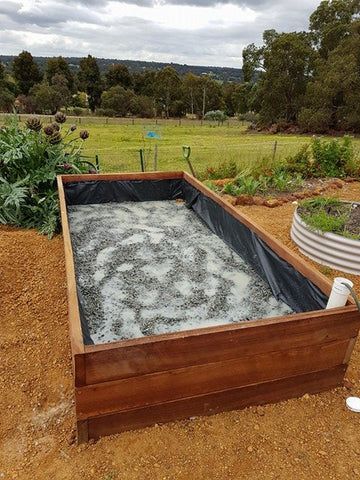
Next, a layer of geotextile fabric goes over the top of the scoria to prevent the soil clogging the water reservoir.

Finally, the soil goes on top. It needs to be around 30 centimetres deep - the optimal height to get soil wicking properly.
really good quality vegie garden soil that's high in organic matter - that's essential for the wicking to work effectively.
The soil will take a little while to start to wick by itself – a few days to a week- so until that point, you will need to water from above.
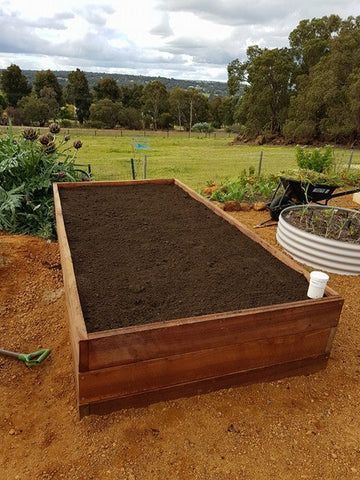
Finally the fun bit- Planting out your seedlings, remember to add a layer of mulch after planting.
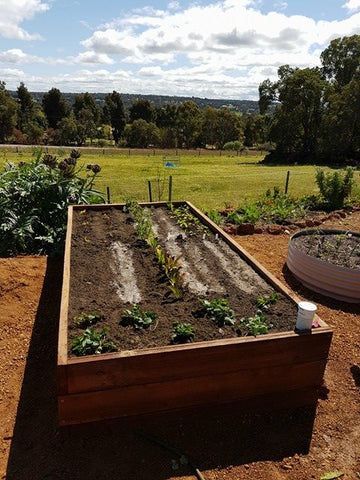
If you like the idea of growing in a wicking bed but do not have the time to build your own local Perth based business https://plantersraisedgardens.au/ sell wicking bed systems. Sign up for our newsletter for more helpful gardening info and to keep up to date with events and workshops that we run throughout the year. Happy gardening :)
Click this link to sign up to our newsletter http://eepurl.com/cTAxHj
